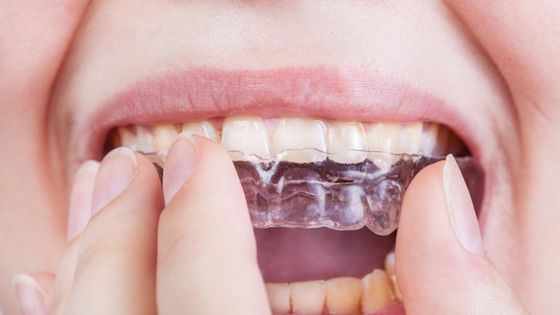Overview
Many people fear having their teeth cleaned. It's easy for
people to be afraid of teeth cleanings. For most people, however, tooth
cleaning is painless and simple.
Understanding the details of the process will help you relax
and make it easier to enjoy the minty-fresh results.
Many people fear having their teeth cleaned. It's easy for
people to be afraid of teeth cleanings. For most people, however, tooth
cleaning is painless and simple.
Understanding the details of the process will help you relax
and make it easier to enjoy the minty-fresh results.
Read Best aligner and retainer sheets
1. A physical exam
A dental hygienist is the most common person to perform
teeth cleanings. They begin with thoroughly examining your whole mouth before
the actual cleaning begins.
The dental hygienist uses a small mirror to examine your
gums and teeth for signs of gingivitis (inflamed gums) or other possible
problems.
If there are major issues, the dental hygienist may call the
dentist to confirm that the proceeding is okay.
2. Remove plaque and Tartar
The small mirror is a guide, and the dental hygienist uses
the scaler to remove plaque and Tartar from your gum line and between
your teeth. This is normal. You will need more time to clean a specific spot if
you have more Tartar in your mouth.
By flossing and brushing, plaque is prevented from hardening
into Tartar. Your dentist can only remove Tartar once it has
formed. If this is your least favorite part about teeth cleaning, you can only
have it removed at your dentist's office.
3. Gritty toothpaste cleaning
The hygienist will clean your teeth with a high-powered
electric toothbrush that makes a grinding sound. Although frightening, it is a
great way to deep clean and remove Tartar from your scaler.
Professional cleaning uses toothpaste that tastes and smells
like regular toothpaste. However, you can choose from a variety of flavors. It
has a gritty texture that gently scrubs your teeth. This polishing can be done
twice per year by professionals. You should not be as rough with your teeth at
home because it will wear away the enamel.
4. Expert flossing
Expert flossing sessions are the best, regardless of whether
you regularly floss at home. Your dentist can reach deep into your teeth to
find any problems and areas where bleeding might occur.
While flossing at home might seem unnecessary, professional
flossing removes all plaque and toothpaste left behind.
5. Rinsing
The next step is to rinse your mouth to remove any remaining
debris. Your dentist will often give you a fluoride rinse.
6. Fluoride treatment
Fluoride treatment is the final step in the cleaning
process. This treatment protects your teeth against cavities and lasts several
months.
Your dentist may ask you which flavor you prefer. The
mouthpiece will be placed over your teeth by the dental hygienist. The gel is
usually left on your teeth for about one minute. Fluoride varnish can also be
applied to the teeth using a small brush. Fluoride varnish can harden upon
contact with saliva, so you can eat immediately and drink immediately.
There are other possible steps.
Professional teeth cleanings can be scheduled twice per
year. X-rays, on the other hand, are usually done once per year. However, your
dentist may perform additional exams depending on the findings of your oral
health. A dentist might recommend molar sealants for children to prevent
cavities from developing in difficult-to-brush areas.
Whether you require additional steps, the important thing is
to continue going to the dentist for regular cleanings. This will prevent any
problems from ever happening. Understanding what is going on ahead of time will
make you feel more relaxed and even enjoy these visits.

Comments
Post a Comment